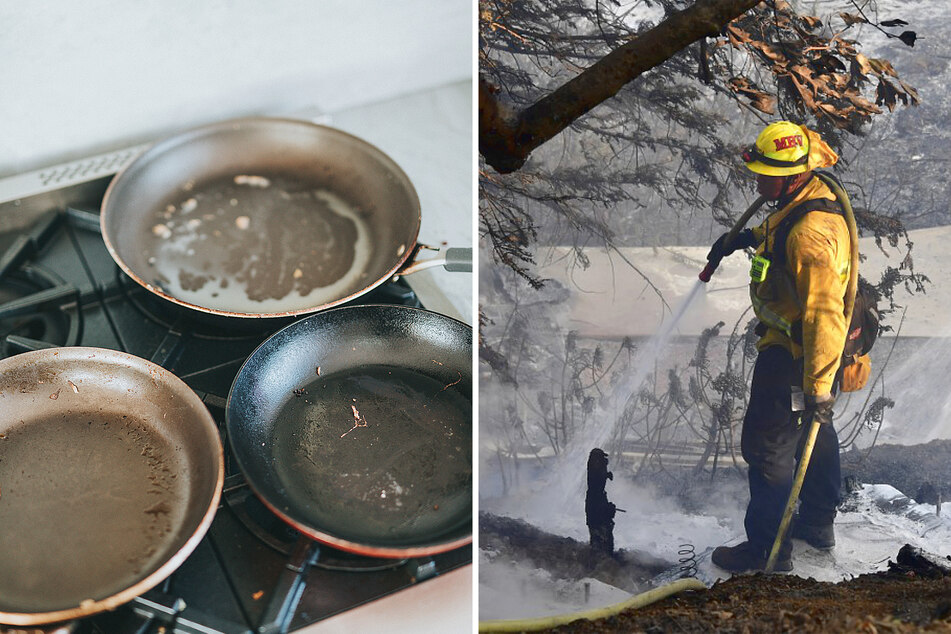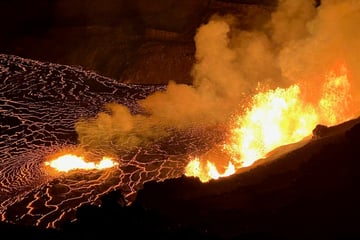Forever chemicals meet their maker with new research to battle pollutants
Evanston, Illinois - A research team with bases in Illinois and China has been working on breaking down the "unbreakable," and finding the Achilles heel of forever chemicals that pollute our bodies and the environment.

A new study published by Science magazine illuminates researchers' battle in taking apart so-called "forever chemicals" and figuring out how to do it without much fuss.
According to reports, the team focused in on 10 per- and polyfluoroalkyl substances, usually called PFAS, and their method is simple and cost-effective: use a hot mixture of solvent and an ingredient in cleaning supplies, and boom – PFAS breakdown achieved!
This is great news, because these forever chemicals are all around us – in firefighting foam, nonstick kitchenware, and even in waterproofed clothes.
They get their nickname because they don't break down naturally and stick around long after they get into waterways and soil. And if they get inside you, they're gonna ride along for as long as you live.
The odds are even pretty good that you have some inside your body right now. A 2015 study found PFASs in 97% of participants. The nasty, everlasting chemicals pose known health risks, with links to cancer risk and high cholesterol, so the need for the team's new research is urgent.
Now, there have already been methods developed to get PFASs out of waterways, but if left unchecked or dumped into landfills, they don't stay there, often moving into nearby soil and water and overstaying their welcome.
Shira Joudan, a York University environmental chemist, said, "The chemicals were originally designed by companies to be stable — that was a feature. But once they get into the environment, it’s a flaw."
Scientists figured out how to make the long-lasting chemicals, and now a group of researchers has found a new, efficient way to get rid of them. The chemistry circle of life is among us.
Cover photo: Collage: Frederic J. BROWN / AFP & Unsplash/Nathan Dumlao
